“With the most primitive means the artist creates something which the most ingenious and efficient technology will never be able to create.”
—Kazimir Malevich
Hey! It’s me! I’m back!
I’m M. D. Jackson. I’m an illustrator. If you’ve read any recent issue of Amazing Stories Magazine you’ve seen my work. If you’ve spent any time here at the website you may have come across an article or two that I wrote, but I haven’t written anything for this website for about five years. I moved on to doing other things. But I’m back now and I have an opinion!
I imagine you are familiar with A.I. art, but on the off chance you’ve been living under a rock for the past year (or have just returned from Mars) let me lay it out for you.

Since the 1970’s (and even before then) it has been the dream of programmers (and the nightmare of artists) to create a true “generative art”, that is, art created by algorithms alone without the input from human hands or minds. During the past 50 years, several programmers have written computer programs to generate art—what is called algorithmic art. The process requires a programmer to write detailed code with a desired visual outcome in mind.
There is a necessary step before that has been called “pre-curation” where the programmer chooses a collection of images to feed the algorithm. The programmer writes algorithms not to follow a set of rules, but to “learn” a specific aesthetic by analyzing thousands of images. The algorithm then tries to generate new images in adherence to the aesthetics it has learned.
This is the problematic step, but I’ll get to that in a moment.
What matters is the results, which is that instead or captions describing uploaded images, programmers are now able to write captions and have the AI create the artwork described. Type in the caption “Cat drinking tea as painted by Picasso” and the algorithm will cobble together a picture that fits that description.
Dall-E, MidJourney and Stable Diffusion are only the first of what is now an infestation of AI art generation programs.
So, the question I have to ask is: Is it real art?
My answer is no.
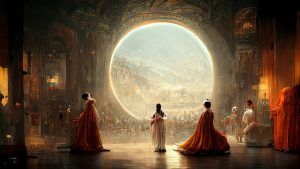
I know it looks like real art. It looks good enough to fool a lot of people into thinking that it is actual real art created by a human being. It looks good enough to win art contests like the artwork made by an AI that won first place at the Colorado State Fair’s fine arts competition.
It may not be great art, and, honestly, most of it isn’t. But the problem is that it doesn’t need to be good art to disrupt the ecology of the art market. It just needs to be good enough.
Because the “good enough” threshold is a threat to the livelihood of many working artists.
However, if AI art can supply an image that is serviceable enough, then I can quite easily be cut out of the equation.
Now, I know that Steve Davidson did a pretty comprehensive analysis of this issue back in August and his take is certainly worth checking out if you haven’t already.
The thing is, what he is talking about – the hypothetical mid-list illustrator for whom he depicts doom and gloom and certain unemployment – that’s me.
I don’t make a great living as an illustrator. I’m not one of the top tier, in-demand artists. Like many who are working today I fall in the mid-range. I don’t give away my work for free, I charge for it. My clients describe what they want and I provide. It is a service and it is right that I receive recompense for it.

And since it was Steve (and now Kermit) who employed me… I can’t lie… his take really does sting.
It is entirely possible that artists like me will soon be unable to make any money – pocket change, pittance – much less a living wage, doing what we love. We can still make “art” and call it art in the same way that specialty manufacturers can still press a vinyl album and market it as a “retro” sort of item. But mass market? Forget about it.
But here’s the rub. Remember that thing I mentioned earlier about pre-curation? Finding examples and feeding it into the A. I. So that it can generate similar images? That is exactly the thing that will disappear once working illustrators like me are gone.
Because in order to continue with a living, vital illustration industry, there needs to be new ideas, innovation and exceptions that prove the rule. Without working illustrators, all that will go. Then where does the new “pre-curation” material come from?
The A.I. art generators will be stuck in a loop. Producing only endless variations of what has come before and there will be less and less new material to keep the industry vital.
In other words, generative art will spell it’s own doom along with the doom of the average working artist today.
I know some people will say that generative art is only a tool and that artists will be able to use it to create even more amazing artwork, and, indeed, that will happen with some artists. But the whole thing feels to me like the mythical Ouroborous, the serpent eating its own tail, consuming itself until there is nothing left.
Generative art will not only end the need for artists like myself, it may very well bring about the death of art in its entirety.
Am I being dramatic? Am I being alarmist? Absolutely, I am. I feel that there is an alarm to be sounded in this situation and not just because it effects me in particular.
Maybe I’m off base here. Maybe I am the proverbial little chicken running around screeching about the sky falling.
But then again, I may be right. What do you think?
Leave a comment.




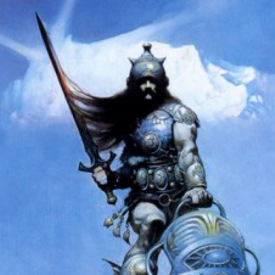

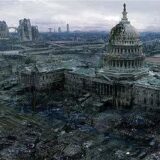
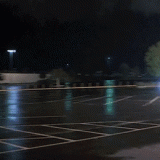


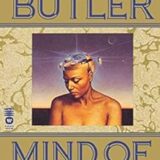
Recent Comments